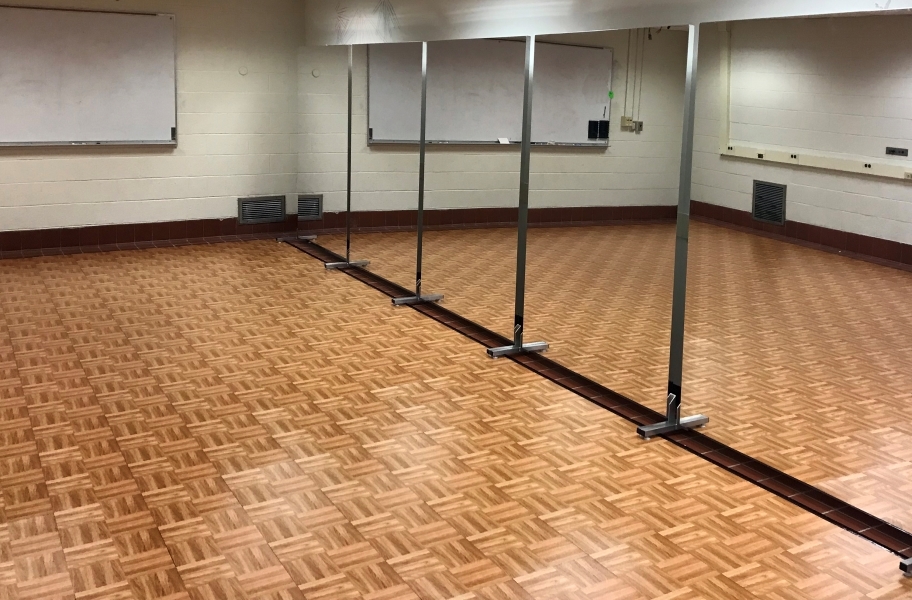Exploring the Diverse Materials That Convert Dance Floors into Breathtaking Visual Displays
Exploring the Diverse Materials That Convert Dance Floors into Breathtaking Visual Displays
Blog Article
Dance floors have developed significantly over the decades, transforming more than just a place to dance to melodies. Today, they are transformed into breathtaking aesthetic experiences through the use of various materials and techniques. These substances not only enhance the aesthetic appeal of the area but also enhance the overall experience for performers and audiences alike. Comprehending the flexible substances that contribute to these dynamic settings can offer understanding into the craft of dance floor creation.
One of the primary common materials used in modern dance floors is light-emitting diode illumination. Light-emitting diode lights are energy-efficient and can produce a wide range of hues and impacts. They can be embedded in the floor directly or used as part of a illumination setup above the dance floor. This innovation allows for synchronized light shows that can change in response to the music, creating an engaging encounter. The ability to program these lights means that they can be customized to match different themes or moods, making each occasion distinct.
Another important substance is reflective surfaces, such as mirrors or polished tiles. These surfaces can create an deception of space and dimension, making the dance floor seem larger than it is. When performers move, their reflections can add an additional layer of visual interest, enhancing the complete performance. Additionally, mirror-like materials can engage with lighting effects, amplifying the hues and patterns displayed on the floor. This combination of illumination and mirroring can enthrall spectators and elevate the vitality of the occasion.
In furthermore to lighting and mirror-like substances, the use of digital screens has grown increasingly popular in dance floor creation. These screens can show vibrant images, graphics, or even live feeds of the show. By incorporating digital technology, occasion organizers can create a multi-sensory encounter that involves both the dancers and the spectators. The capability to change visuals in actual time allows for a fluid atmosphere that can adapt to the beat and energy of the music, making each instance feel new and exciting.
Furthermore, the selection of surface material itself plays a crucial role in the complete encounter. Traditional wooden dance floors are still favored for their strength and functional qualities. However, newer substances like synthetic and elastic are gaining popularity due to their flexibility here and simplicity of maintenance. These materials can provide better impact absorption, minimizing the chance of harm for dancers. Additionally, they can be designed with multiple patterns and colors, allowing for creative representation in the dance floor's look.
In conclusion, the transformation of dance floors into breathtaking aesthetic experiences relies on a combination of innovative substances and techniques. LED lighting, mirror-like materials, electronic screens, and customized flooring substances all contribute to creating an engaging setting for performers and audiences. As technology continues to progress, the opportunities for enhancing dance floor design will only grow, making upcoming events even more enthralling and unforgettable. Comprehending these substances helps value the craftsmanship involved in creating spaces where movement and melodies come together harmoniously in harmony.